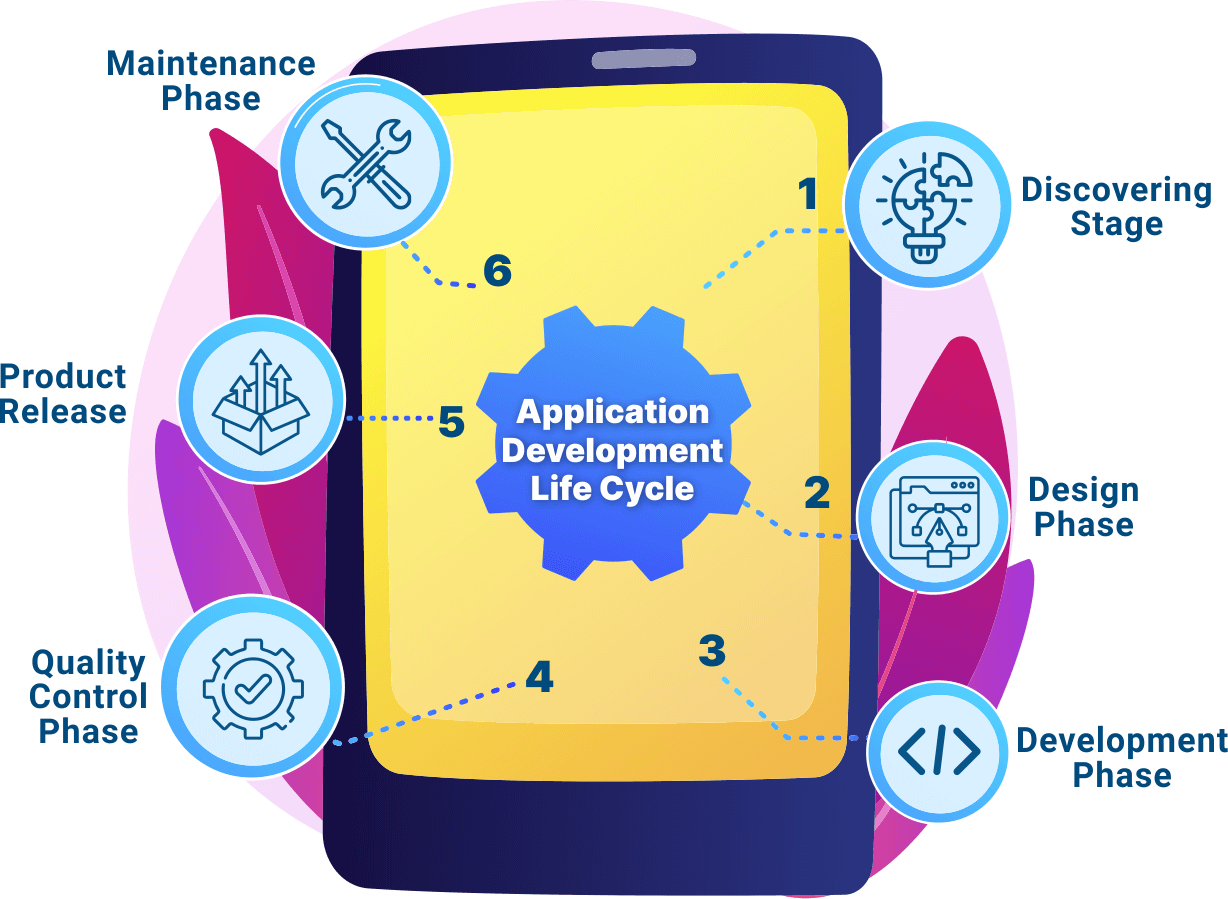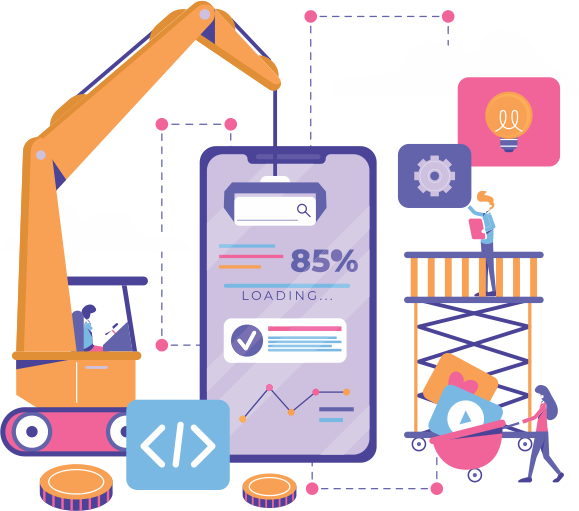Apps provide extra features and functionalities for running your business, keeping customers, implementing marketing plans, and many other things. Additionally, they enable customers to contact you or make purchases while they're on the go.
By 2023, the market for application development, as well as the app development services is predicted to increase and reach USD 9,336 million, according to the Market Research Future Report.
The remark is doubly true given the rising prevalence of app design and development across all spheres of the economy. Most smartphone users in today's digital environment spend their time using applications of some kind. In summary, if you want your firm to flourish in spades, you need an app.
Do you already have a sense of assurance?
However, if you don't know what you're doing, it will be difficult to create a top-notch application. It's crucial to comprehend every fundamental step of the development process for apps. Understanding them will help you know what to anticipate from the entire process, how to build effective apps without making mistakes, and how much application development might cost.
What is Application Development Life Cycle?
The Application Development Life Cycle (ADLC) is a crucial process used by software development teams to create high-quality software applications that meet the needs of end-users. The ADLC encompasses all phases of the application development process, from planning and analysis to deployment and maintenance.
At its core, the application development life cycle is designed to ensure that the software application is well-designed, well-tested, and well-maintained throughout its entire life cycle. This process involves a multidisciplinary team of developers, designers, project managers, and other stakeholders who work together to create a functional and user-friendly application.
One of the key benefits of following the ADLC is that it helps ensure that the application meets the needs of end-users. During the planning and analysis phases, the team works to identify the functional and non-functional requirements of the application, including features, usability, and performance. This information is used to guide the development process, ensuring that the final product meets the needs of end-users.
Another benefit of following the application development life cycle is that it helps minimize risks and errors during the development process. By breaking down the development process into discrete phases, the team can identify potential risks and issues early on, before they become major problems. This helps ensure that the application is developed efficiently and effectively, with fewer bugs and errors.
Finally, following the ADLC helps ensure that the application is scalable and adaptable to changing needs. By planning for the entire life cycle of the application, the team can ensure that the application is designed to be flexible and adaptable to changing requirements. This helps ensure that the application can be updated and maintained over time, ensuring its longevity and usefulness to end-users.
In conclusion, the ADLC is an essential process for software development teams. By following this process, teams can create high-quality software applications that meet the needs of end-users, while minimizing risks and errors and ensuring scalability and adaptability over time.


